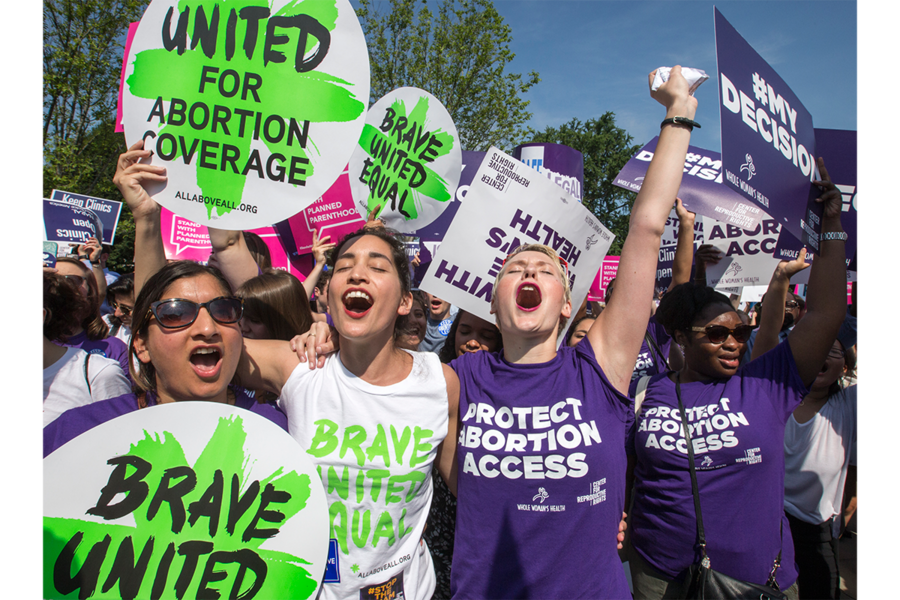Study: US abortions now at lowest rate since Roe v. Wade
Loading...
The number of abortions performed in the United States has fallen to the lowest rate since 1974, the year after the Supreme Court legalized the practice in the historic 1973 Roe v. Wade decision, according to a new study.
The report comes from the Guttmacher Institute, which researches sexual and reproductive health-related policy. Researchers there found that only 14.6 of every 1,000 women between the ages of 15 and 44 had abortions in 2014, marking a drop to half of the peak rate seen in the early 1980s. The total number of abortions performed in 2014 hovered around 926,000, showing a gradual, yet consistent, downward trend over the past two decades.
But as the legal debate surrounding abortion and various restrictions to the procedure remain across the country, it’s unclear if the numbers are falling following better access to birth control and sex education programs, or because of cuts in access to clinics and doctors. To those on either side of the aisle conclusion can be drawn differently. For pro-life advocates, the numbers could mean that their efforts to curtail abortion practices have been effective, but for those on the pro-choice side of women’s health workers, the data could show the benefits in providing expanded contraceptive access and education to young women.
"If there are women in these highly restrictive states who want abortions but can't get them because there aren't any clinics that they can get to, and that's why abortion's going down, that's not a good thing," Rachel Jones, the report’s lead author, told NPR. "But we think the story that's going on in a lot of situations, in a lot of states, is that fewer women are having unintended pregnancies and in turn fewer abortions, and that is actually a good story."
As abortion rates have dropped and birth rates remain stable, researchers are leaning toward the latter theory to explain the trend. In recent years, the teenage pregnancy and unintended pregnancy rates have dropped, possibly because of provisions in the 2010 Affordable Care Act (ACA) signed into effect by President Obama. The health care legislation included a measure that grants women increased access to birth control by removing copays from prescriptions and IUDs, which are a long-term, highly effective form of contraception.
The data also confounds the idea that tighter restrictions are the answer to cutting back on abortions; researchers found 60 percent of the decline in procedures occurred in states that had not enacted any new legislation seeking to curtail abortion access.
Still, many remain wary of the impact such regulations can have on women, and with President-elect Donald Trump and GOP lawmakers seeking to repeal the ACA, known informally as Obamacare, while also trumpeting the benefits of tighter restrictions, some wonder what decreased access to contraception and abortion could mean for women and rates of unwanted pregnancies.
"Their agenda … could stop or reverse progress in empowering women to meet their childbearing goals, including by avoiding unintended pregnancy," Joerg Dreweke, of Guttmacher, wrote in a policy brief accompanying the new study, according to The Guardian. "There is strong evidence from recent abortion declines that supporting women’s decision-making across the spectrum of reproductive healthcare is very much compatible with reducing abortion incidence."
This report contains material from the Associated Press.








